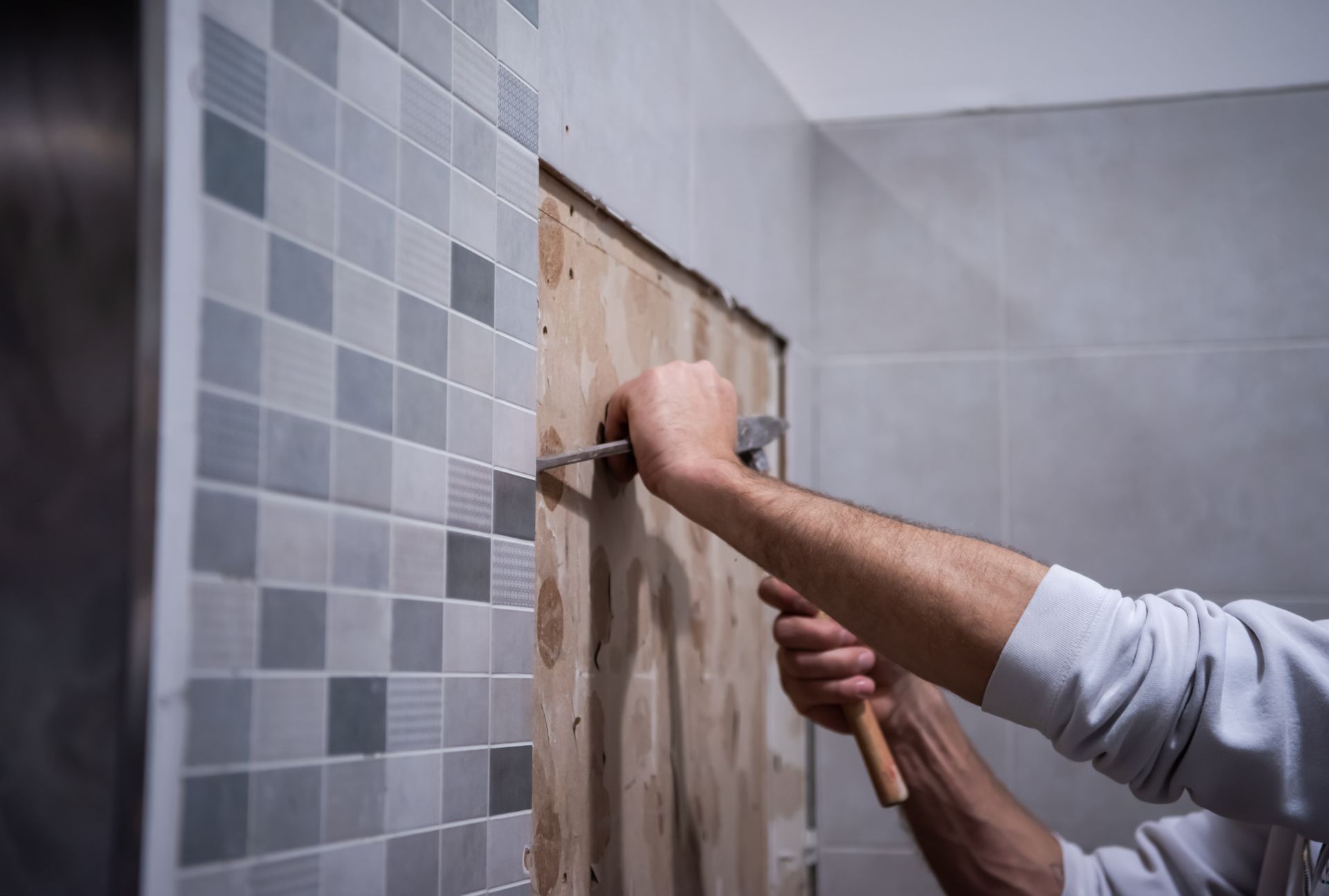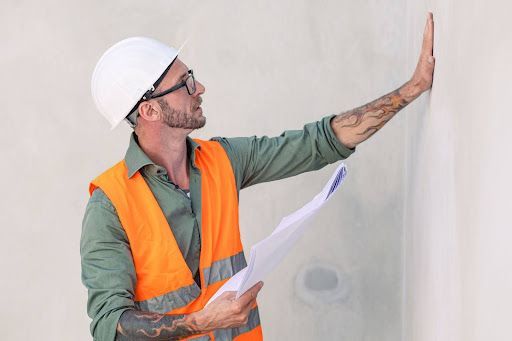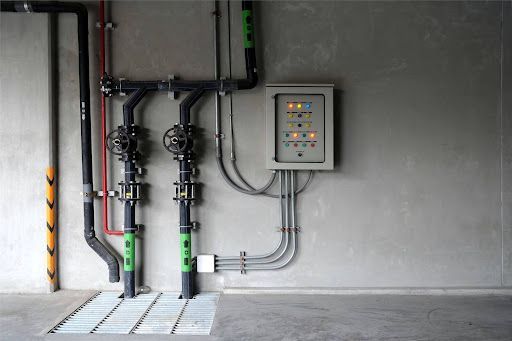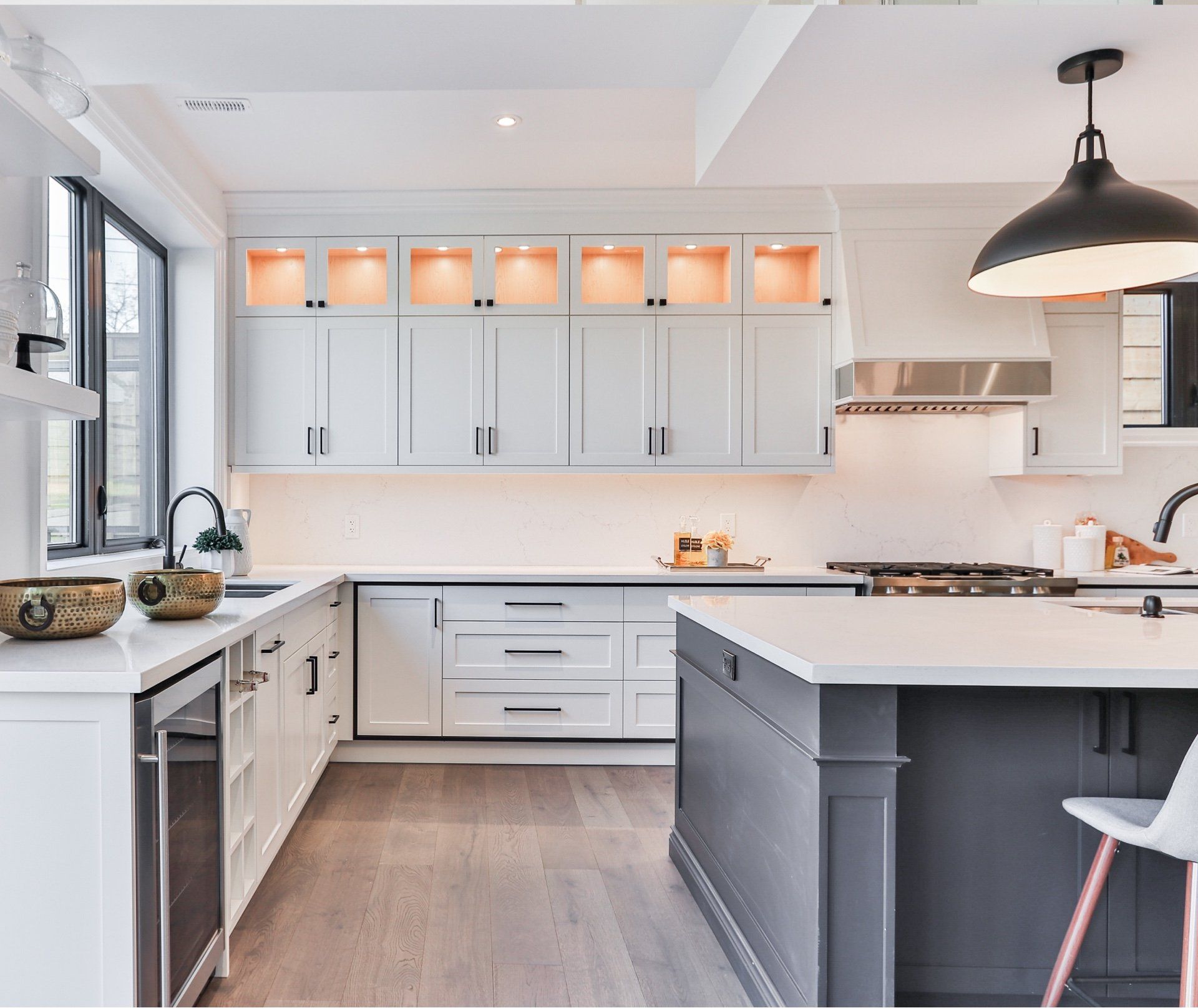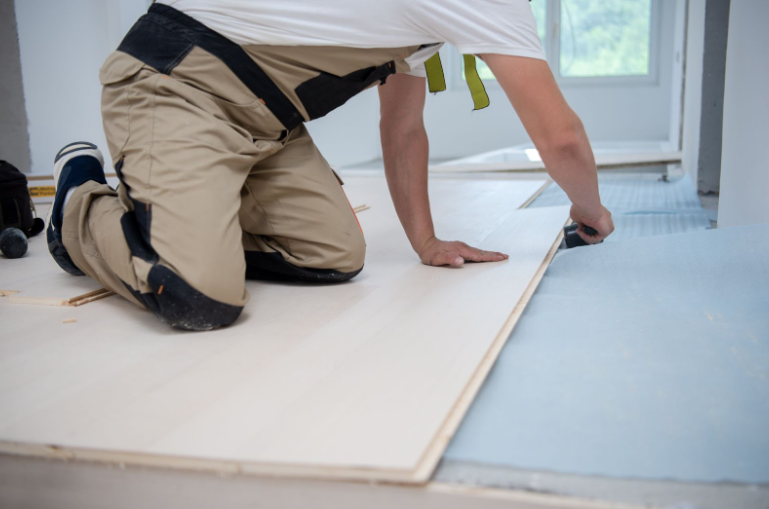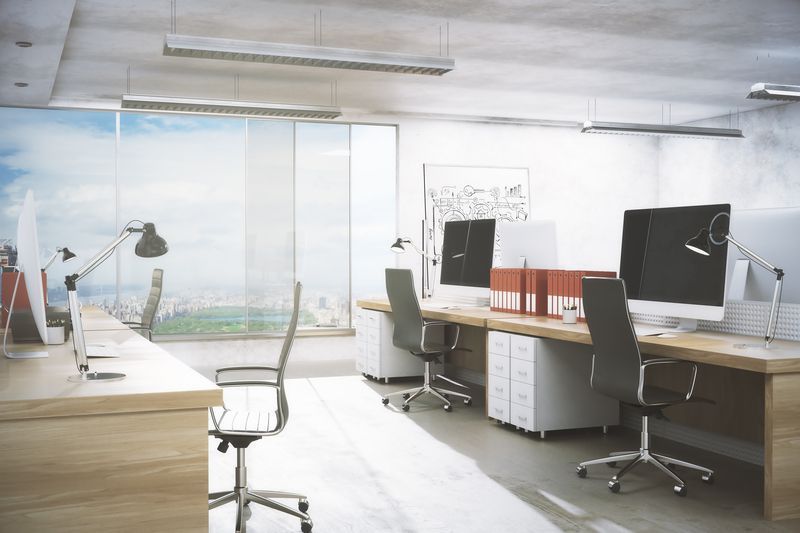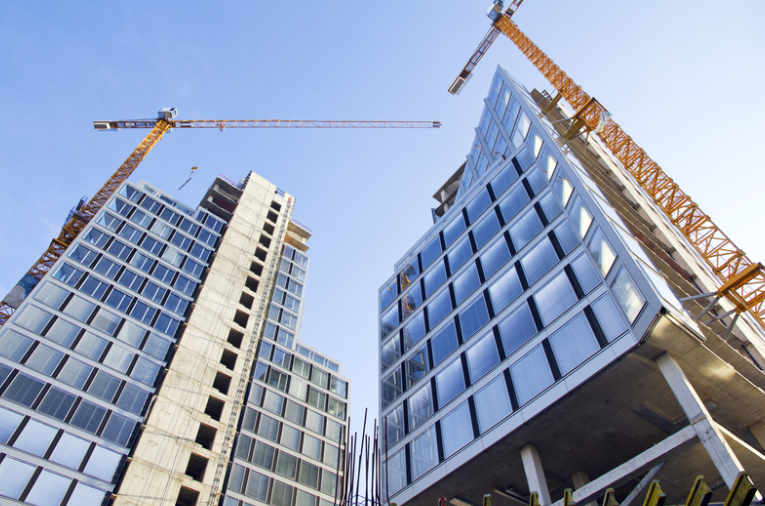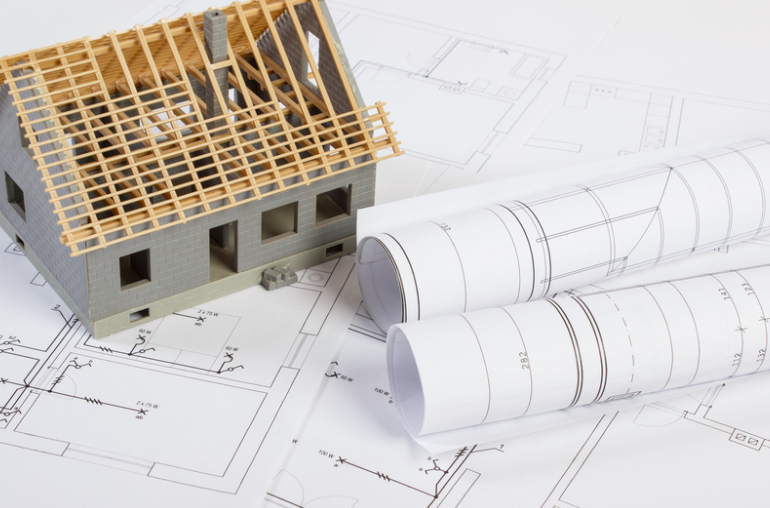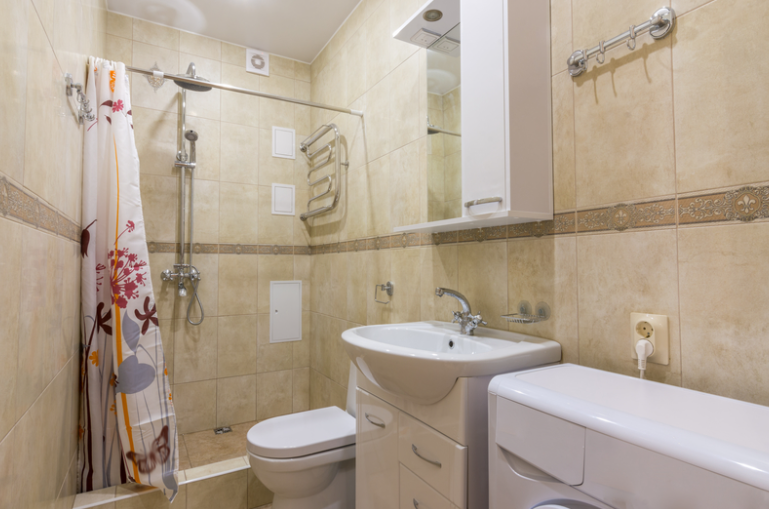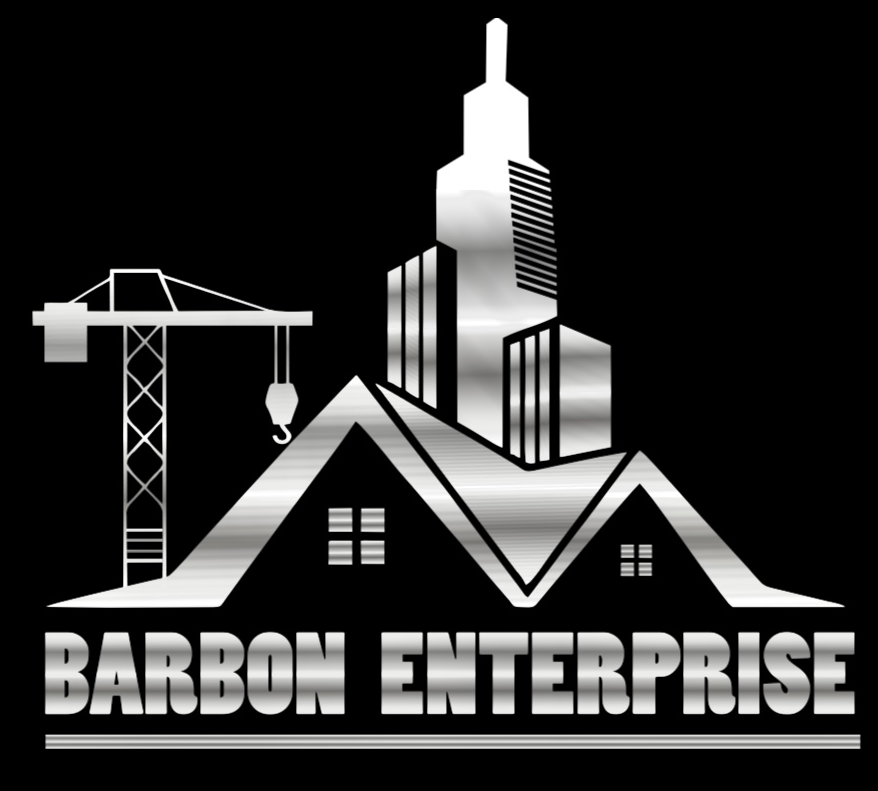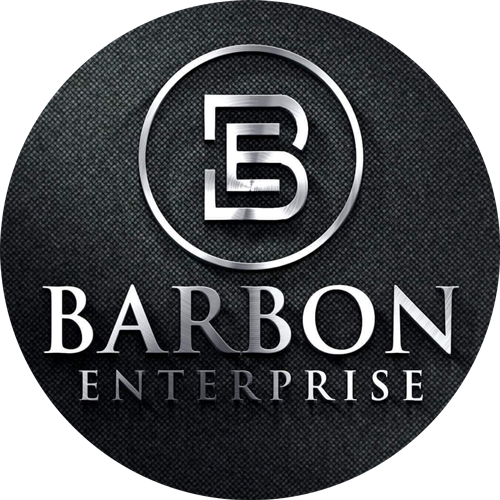From Concept to Completion: Navigating the Design-Build Process
Embarking on a construction project can be an exhilarating venture for homeowners, from the spark of an initial idea to the satisfaction of inhabiting a newly created space. The design-build process offers a cohesive approach to construction projects by merging design and construction services under one roof, paving the way for a seamless transition from concept to completion.
The Design-Build Advantage
Unlike the traditional design-bid-build method where design and construction services are contracted separately, design-build brings designers and builders together as a unified team. This collaboration allows for a smoother process, efficient communication, and integrated solutions to challenges that may arise. Homeowners benefit from having a single point of responsibility, which simplifies the decision-making process and can lead to enhanced project coordination.
The Design-Build Journey
Initial Consultation: Establishing Vision and Goals
The journey commences with an initial consultation where homeowners convey their vision, objectives, and budget to the design-build team. This interaction sets the foundation for the entire project, as the team gains a comprehensive understanding of what the homeowner desires to achieve. This phase includes discussing functional requirements, aesthetic preferences, and any constraints.
Conceptual Design: Bringing Ideas to Life
Following the consultation, the design team begins transforming ideas into tangible concepts. Preliminary designs, often presented through sketches or 3D models, give a glimpse into what the potential build could look like. Homeowners then review these concepts, offering feedback to ensure that the final design aligns with their expectations.
Design Refinement and Approval
Upon approval of a conceptual design, the project moves into detailed design development. In this phase, choices regarding materials, finishes, and fixtures come into play, and each design element is refined. This meticulous attention to detail ensures that the project aesthetics and functional aspects are in harmony before construction begins.
Finalizing the Project Scope and Cost
With the design details in place, the design-build team prepares a comprehensive scope of work, outlining all the construction activities required. This document, paired with a cost estimate, provides homeowners with a clear picture of what the project entails and how much it will cost. Cost estimation at this stage is generally more accurate than traditional methods since the designers and builders work in tandem, understanding both the creative and practical facets of the project.
Construction Phase: Where Design Meets Reality
Transitioning into the construction phase, the design-build team's collaborative nature becomes even more pivotal. The builders bring the design to life while maintaining open lines of communication with the designers to ensure fidelity to the original vision. The design-build model allows for adaptability; should issues arise or changes be necessary, the team can make informed decisions quickly.
Project Management: Keeping on Track
Throughout construction, project management is crucial in maintaining schedules, budgets, and quality. The design-build firm typically appoints a project manager who becomes the homeowner’s point of contact, responsible for coordinating tasks and keeping the homeowner updated on progress. This centralized control facilitates a more organized and efficient build process.
Close Collaboration and Quality Control
Quality control is embedded into every stage of the design-build process. With designers and builders working closely, there is a cohesive understanding of the project goals and standards. This synergistic work environment fosters excellence in craftsmanship and adherence to the design specifications throughout construction.
Final Walkthrough: Ensuring Complete Satisfaction
As construction nears completion, homeowners are invited to a final walkthrough with the project manager. This important step allows homeowners to inspect the work, learn about the features of their new space, and discuss any remaining touch-ups or concerns. The project is considered complete only when the homeowner is fully satisfied with every aspect of the build.
Warranty and Ongoing Support
After project completion, the design-build firm typically offers a warranty period during which any issues related to construction quality are addressed. The ongoing support ensures that homeowners can enjoy their new space with peace of mind, knowing that the firm stands behind its work.
The design-build approach streamlines project delivery by integrating the roles of the designer and the builder, providing homeowners with a singular responsible entity that oversees the project from start to finish. This strategy can remove many of the inefficiencies and miscommunications that often arise in the traditional construction process. By choosing design-build, homeowners engage in a collaborative journey with a team that is committed to bringing their vision to fruition while potentially saving time and money. Embracing this process allows for a masterfully coordinated dance from the earliest concept sketches to the handing over of the keys, resulting in a finished space that meets the homeowner's aspirations and functional needs.
Embark on your dream home journey with Barbon Enterprise, where our comprehensive design-build services ensure a seamless, efficient process tailored to your unique vision. Why navigate this path alone when you can have an expert team by your side? Contact us today to discuss how we can bring your dream to life, from the initial concept to the final walkthrough. Let's create something extraordinary together.
